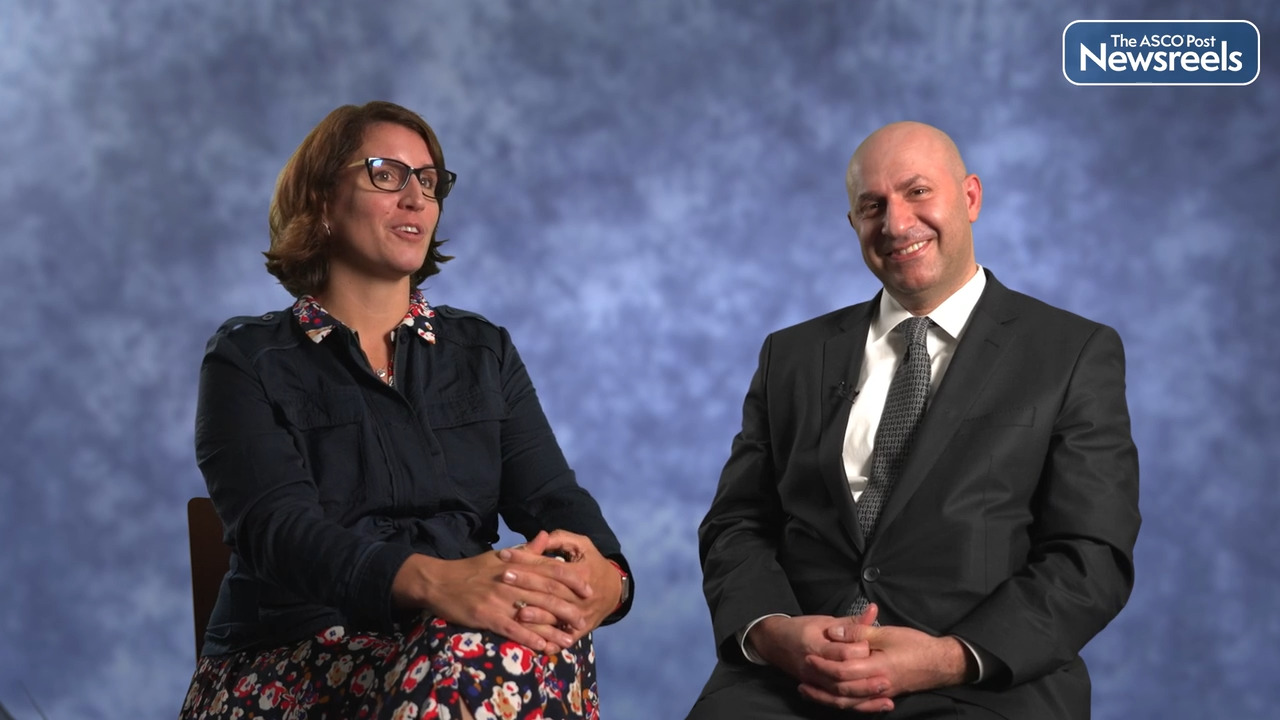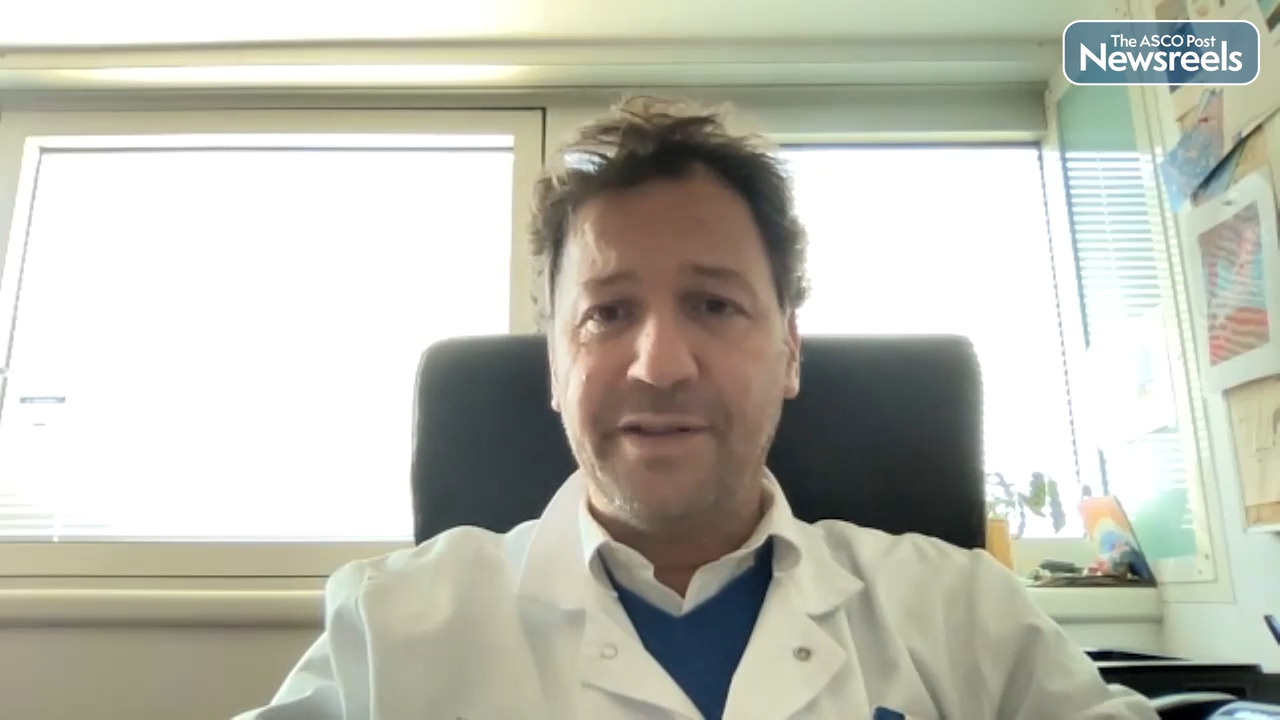Transcript
Disclaimer: This video transcript has not been proofread or edited and may contain errors.
So we endeavored to understand the origins of lung cancer in never-smokers. It's been known for at least two decades that there's an association between air pollution and lung cancer incidents. But association is not the same as causation, and we set about several years ago now to understand whether or not air pollutants in the context of PM2.5, these 2.5 micron particles that derive from fossil fuel combustion, brakes, tires, etc., are actually directly causing lung cancer and attributable to lung cancer in never-smokers.
So we went about this in three ways. The first way is we wanted to look at the relationship first of all between the incidents of EGFR-mutant lung cancer, a subtype of lung cancer that's commonly enriched in never-smokers, and PM2.5 levels across the planet. We looked in Public Health England data, we looked in South Korea, and we looked in Taiwan, and in each case we saw a relationship between increasing PM2.5 concentrations across the planet and increasing incidents of EGFR-mutant lung cancer.
Secondly, we wanted to address the causation element. To do this, we exposed mice, where we can induce an EGFR mutation in the normal lung tissue or a KRAS mutation in the normal lung tissue. We exposed them to pollutants, that same PM2.5 pollutants from USP Reference Standards laboratory. In each of these animal models, we saw an increased frequency of tumor formation or in terms of tumor number or in terms of tumor aggressiveness, from melanomas to carcinomas.
So the third question was, how does this happen? Now there are two different models of cancer initiation. There's a classical model whereby the environmental carcinogen causes a mutation and the mutation expands the first cancer cell. The problem with that model is that we know from datasets of lung cancers in never-smokers there is no environmental carcinogen signature. So if pollution is promoting lung cancer, it's doing it in a way that's independent of DNA mutations.
So we set about to understand what that process is, and the process we uncovered results in release of interleukin 1 beta following inhalation of pollution from macrophages and epithelial cells in your lung following PM2.5 exposure. We see this in mice and in humans. And that IL-1 beta we think transforms or trans-differentiates an epithelial cell type into what's called an alveolar type II progenitor cell with stem cell-like properties. Now it only has progenitor-like properties if, in our assays, it harbors an activating mutation in EGFR and KRAS. So in other words, what we think is required is you need an initiator mutation and you need exposure to the pollutant to enable that stem cell to have the capacity to form a cancer.
So the question is, where do these mutations come from? What we found is that biopsying normal tissue of people my age and above, sort of 50 to 55 upwards, we can find EGFR and KRAS mutations, activating mutations, in over half of the biopsies we look at, present at low frequencies. We estimate in the lung, based on our assays so far, that we're probably seeing these mutations about one in 600,000 cells. So they're rare, but they're present. So that brings into question the standard classical model of tumor initiation and actually, in fact, resembles and is, in fact, identical to a model from Isaac Berenblum published in 1947 of how tumors are initiated. That is, you need an initiator, which in his experiments was the DMBA, and a promoter, TPA. That promoter could be given anytime up to a year after DMBA exposure, and the mice would develop papillomas, but neither alone was sufficient to induce cancer.
We see the same thing in our models. We all harbor, likely as we get older, mutant clones that have a capacity to be oncogenic, but in themselves in tissue are not causing cancer. They're not causing expansion of clones. It's only when we think that mutation is in the right cell at the right time, exposed to pollution, that the cell differentiates into a progenitor cell and a cancer conformance. So this explains the rarity of the disease in that these mutations are rare, and they don't occur in these cells with the capacity to trans-differentiate very often. I think it also explains the increased frequency of lung cancer with age. It takes time for us to accumulate these mutations, and it begins to, I think, add causative functional evidence to the role of pollution in lung cancer.
What are the next steps? What I think the next steps are to understand more broadly how other environmental carcinogens cause cancer independent of DNA mutations, perhaps through similar overlapping inflammatory pathways or maybe distinct inflammatory pathways in different tissues. Of course, this opens up the possibility hopefully for a future of molecular cancer prevention, where we may be able to intervene and dampen down these inflammatory pathways for individual benefit in high-risk populations.





